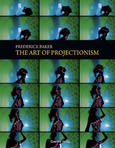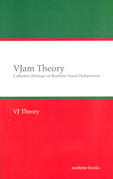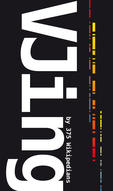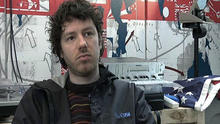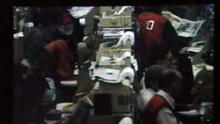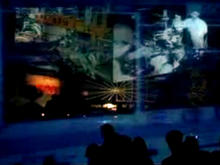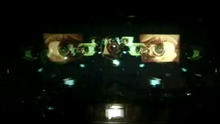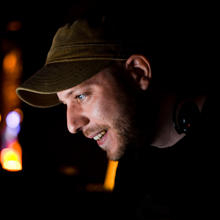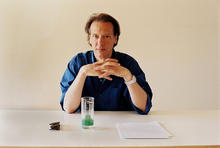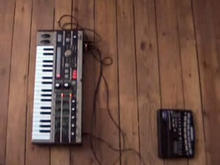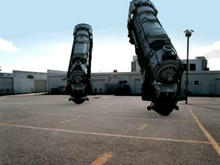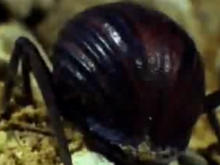True Fictions: New Adventures in Folklore
(2007)by The Light Surgeons is the result of a year long digital performance art project produced and directed by Christopher Thomas Allen and commissioned by EMPAC, New York.
The final piece was completed and presented in September 2007 and has begun touring to festivals internationally.
True Fictions is an audio visual spectacle that fuses documentary film making, music, animation and motion graphics with cutting edge digital performance tools. A stunning collage of music and live cinema which explores the themes of truth and myth through a multitude of American and Native American voices; with a original musical score created through the collaborations of 25 New York based musicians and vocal artists.
Source: The Light Surgeons' website
Recorded and shot in and around Troy, New York, True Fictions: New Adventures in Folklore is an eye-popping performance of epic proportions with projections on multiple over-sized screens that fuse documentary film making, live and electronic music, animation and motion graphics with innovative digital video performance tools.
Taking American folklore as a departure point, the UK-based Light Surgeons tackle the universal question of how our personal, political, and national myths evolve from subjective stories to widely held truths. The artists guide the audience through this terrain with a live collage of documentary footage, interviews and music recorded in Troy and across the rest of the state of NY- from Troy's Uncle Sam's Day Parade to a cramped music studio in Brooklyn to an upstate Native American reservation and more.
Source: EMPAC
